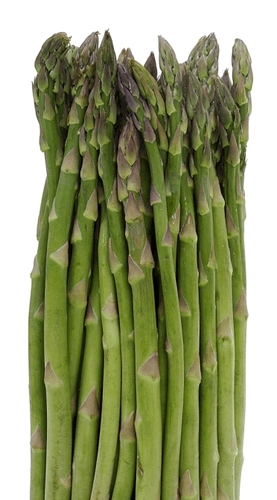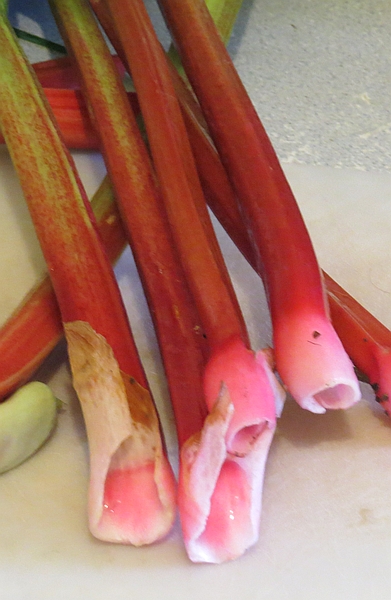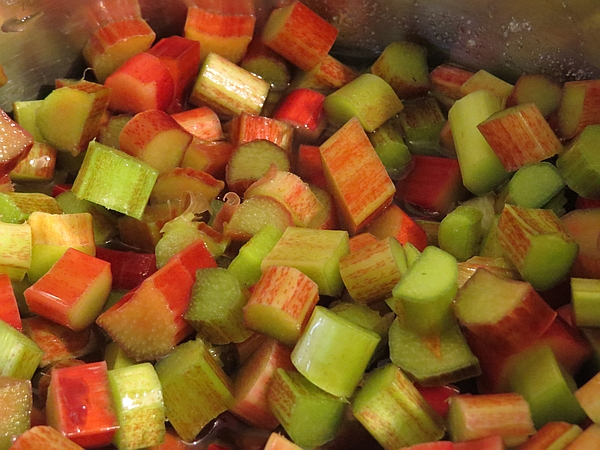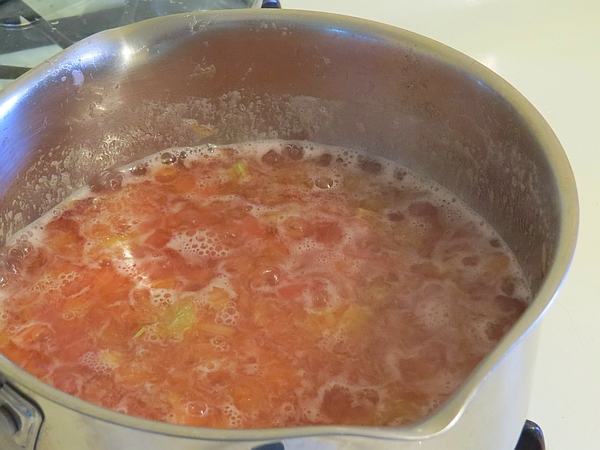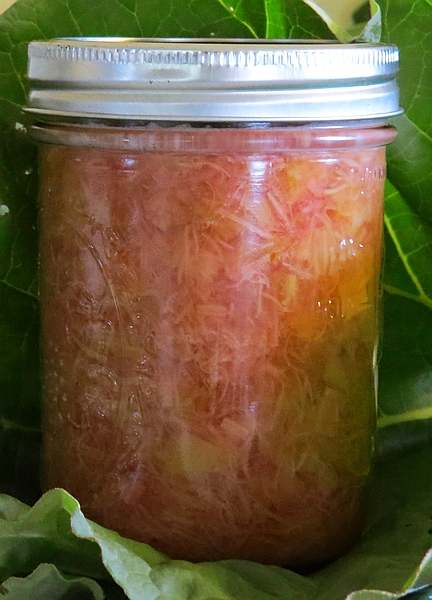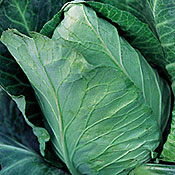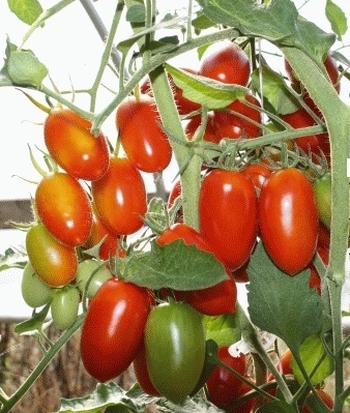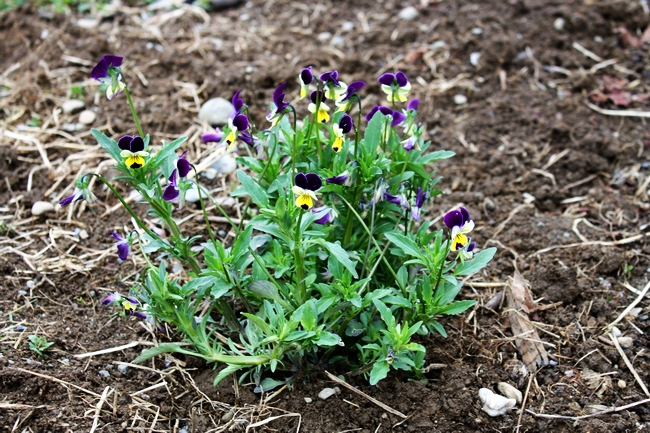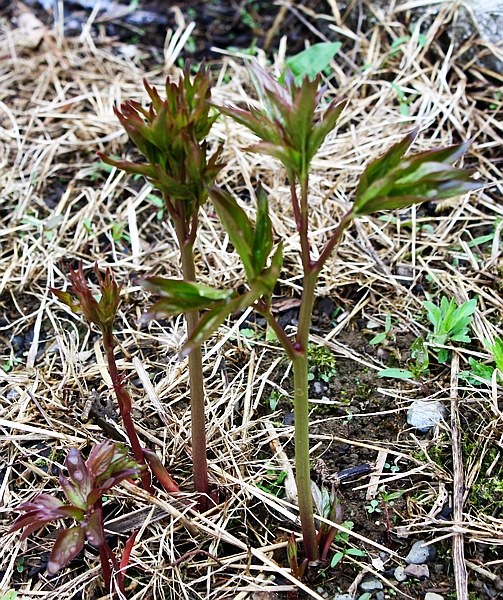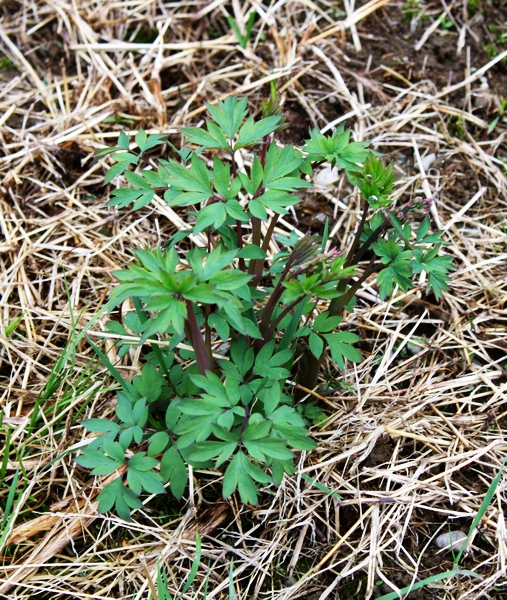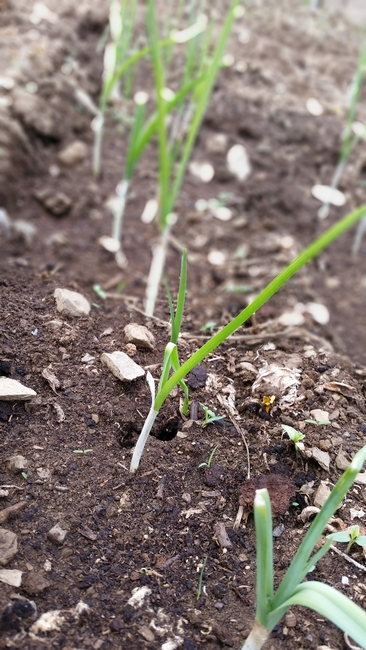Asparagus and Eggs
Asparagus and eggs are trying to take over the kitchen. I was out bright and early this morning, before sunrise, to see why the roosters were crowing louder and longer than usual. Whatever it was, it wasn’t in the hen house when I walked in. I picked up the first duck eggs of the day and snapped enough asparagus for a breakfast quiche. I made the quiche and while it baked, called a friend. “Happy Monday! Your breakfast is in the oven. Stop in on the way to work and it will be ready to take with you.”
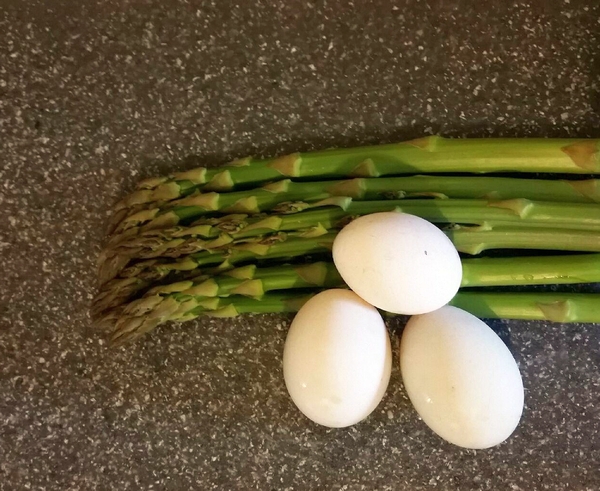
Asparagus, two duck eggs and a chicken egg
Have you subscribed to our free weekly newsletter? We send it out on Wednesdays. Hints, tips, recipes and other things you don’t see on the blog.
Asparagus Quiche
1/2 to 3/4 pound asparagus
2 T butter
1/4 cup chives, chopped
6 oz shredded Swiss or Havarti cheese
4 large chicken or 2 large duck eggs
1 1/2 cups whole milk
1/2 tsp salt
1/8 tsp ground black pepper
1/8 tsp nutmeg
1 pie crust
Snap off the tough ends of asparagus, if necessary. Roast whole asparagus spears on a lightly oiled cookie sheet at 400° for 5 minutes. Remove from heat and allow to cool enough to handle. Cut asparagus into 1/4″ pieces.
Turn the oven heat back to 375°. Line a pie plate with the crust and bake for 8 minutes. While the crust bakes, whisk together the chives, cheese, eggs, milk, salt, pepper and nutmeg.
Remove the pie crust after 8 minutes. Place the asparagus on the crust and then pour the egg mixture over the asparagus. Bake at 375° for approximately 50 minutes. A butter knife inserted into the center will be clean when removed when the quiche is done.
This is the recipe I’m following for tonight’s dinner. The photo caught my eye last week and I’ve been thinking about it since then.
Baked Eggs With Asparagus.
My go-to asparagus and eggs meal is quick and simple. If there’s a cooler day in the week I roast a bunch of asparagus at once and use some of it for this almost-a-non-recipe.
Roasted Asparagus with Fried Eggs
Drizzle olive oil over a single layer of asparagus, sprinkle with sea or Kosher salt and Italian seasoning, and roast at 400° for 10 minutes.
While the asparagus is roasting, get out the eggs and get ready to fry them. I especially like quail or Silkie chicken eggs for this dish because they are small. Two or three small eggs look nicer when plated with the asparagus but all means, if you are fortunate to have extra large goose eggs, go with it! In the last few minutes of roasting, pan fry the eggs until they are slightly under cooked for your taste. Move the hot asparagus to your plates. Top asparagus with a fried egg. The heat of the asparagus will finish cooking the egg. I love this served with a slice of oatmeal sourdough bread.
Asparagus and eggs – a late spring favorite!


